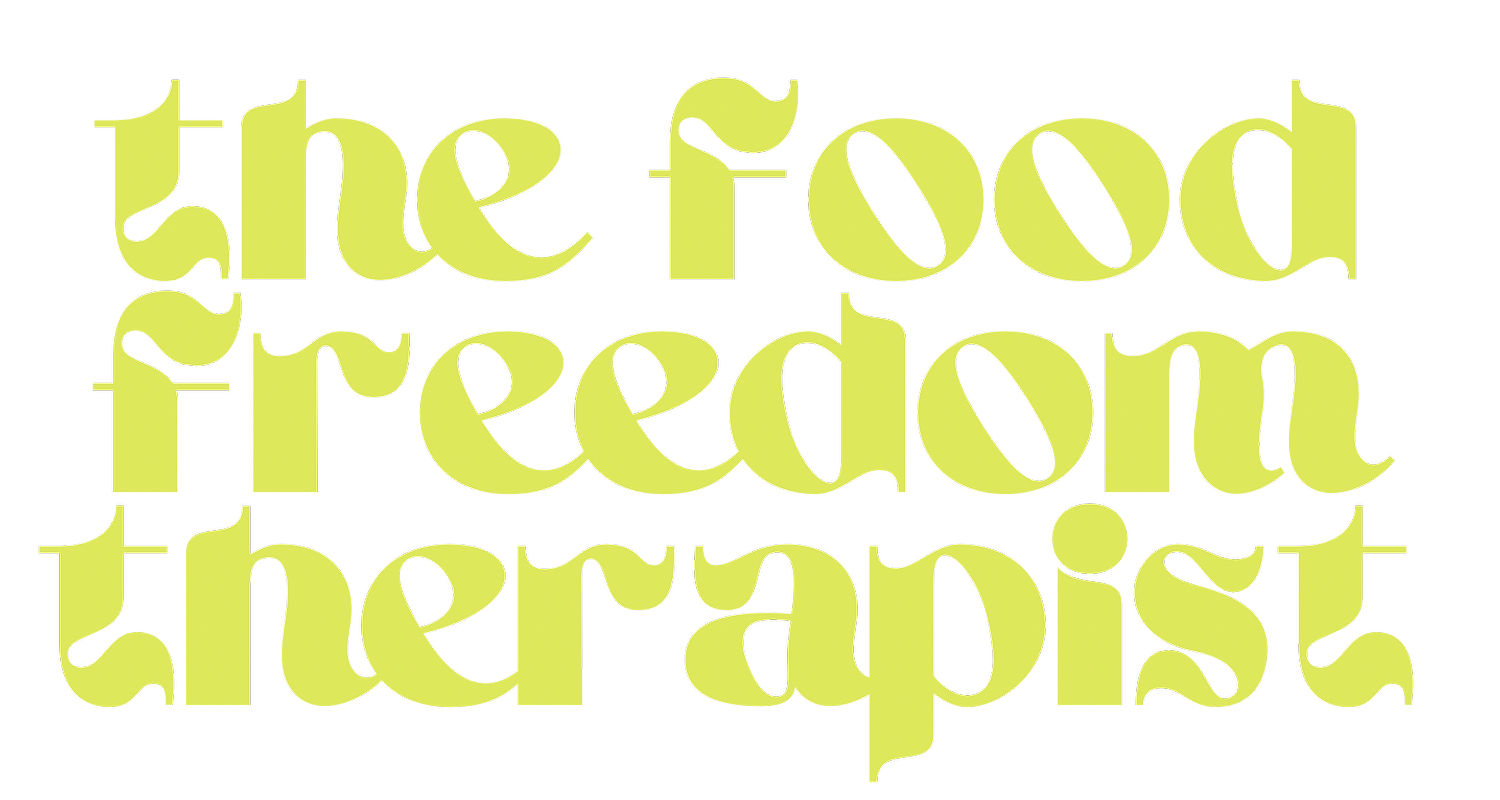HOME EXPLORATION
HOME EXPLORATION
Week 9: Psycho-education Into Our Food and Body Patterns
Notes from session:
What we explored in this session can feel pretty illuminating and with that sometimes quite a lot of activation, which may also turn into numbness (too much sensation). I really encourage you to head back to the practices in week 2 to support yourself through what may be coming up in response to receiving that information.
TRIGGERS & GLIMMERS MAP
As you move through your days, become conscious to the glimmers, small and large that are around you. It’s very often the smallest shift in attention that can really offer support to our nervous system. You might like to lead with the inquiry, “What glimmers are here right now?”
food awareness journal
Working With The Guilt Of Unrelenting Standards
A strong inner critic and unrelenting standards typically arise from an environment where love or safety was contingent upon performance, compliance, or perfection. The child’s developmental task (gaining security and acceptance), becomes tangled with intense self-monitoring. In adulthood, this manifests as an ongoing, harsh internal voice and a compulsive drive to “do more” or “do better,” reflecting the child’s unmet need to feel truly seen, safe, and valued without conditions.
Often as a child we did not receive:
Unconditional Positive Regard: A sense that we are inherently worthy and lovable, regardless of achievements.
Emotional Validation & Attunement: Having someone notice, name, and empathize with our emotions.
Safe, Consistent Care: Clear boundaries and predictable support that foster security, rather than chronic uncertainty.
Acceptance of Imperfections: A family culture where mistakes or flaws are viewed as part of learning, not an existential failing.
Encouragement to Explore Desires Freely: Permission to explore personal likes and interests without constant judgment or pressure to excel.
PRACTICE #1: Inner Critic vs. True Desire Dialogue
1. Identify a “Should” Statement
Write down one nagging “should” or harsh self-judgment you’ve been hearing lately (e.g., “I should work harder,” “I should be more fit,” “I’m failing if I don’t do XYZ”).
2. Name the Critic
Give the critic a persona or name (e.g., “The Perfectionist,” “The Taskmaster,” “Ms. Never Enough”).
Briefly describe how this critic usually talks to you—harsh tone, impossible standards, fear-based?
3. Check In with the Body
Pause. Close your eyes, take a slow breath.
Notice where you feel tension or heaviness when reading the “should” statement. Is your jaw tight? Stomach clenched? Shoulders raised?
Simply acknowledge that sensation: “I feel you.”
4. Respond from Self-Kindness / True Desire
Write a response to the critic from the perspective of a wise, compassionate part of you:
If you knew nobody was going to tell you off, what do you truly want (or need) right now?
How would you speak to a close friend who voiced this “should?”
Focus on what’s realistic, meaningful, or fulfilling—rather than what the critic demands.
For instance: “I see you’re worried I’m not doing enough. But what I really want is to take better care of my energy and health. That is important, even if it means not doing everything perfectly.”
5. Body Check: Desire vs. Critic
Read your compassionate response aloud (or silently if that’s more comfortable).
Notice any shift in your body—do you feel a bit of relief, a loosening of tension, or a deeper breath?
Compare that feeling to how your body responded to the critic’s statement. This contrast helps highlight the difference between fear-driven “shoulds” and genuine desires.
PRACTICE #2: Exploring the Felt Sense of “Good Enough”
To physically sense the difference between pushing for an ideal vs. resting in “enoughness.”
Somatic Exploration
Recall a recent situation where you have set expectations of yourself (lots of ‘shoulds’) and felt you had to push beyond your limits (e.g., working late into the night, eating perfectly etc.)
Inviting you to close your eyes and notice how that memory feels in your body: Is there constriction, pressure in the chest, or a surge of anxiety?
Shift to ‘Good Enough’
Then, inviting you to imagine the same situation but allow yourself to stop at a point that felt “good enough.” Not perfect, not the best, but ‘enough’.
Notice the body’s response to this alternative. Is there a sense of spaciousness, relief in the shoulders, maybe a deep breath of release? Notice how the body responds to ‘enoughness’ and notice is the mind wants to jump in quickly with guilt.
Anchor the Sensation
Place a hand on your chest or belly or wherever you feel the sensations, when you feel that sense of “enoughness.”
Affirm: “This is what good enough feels like.”
Turn towards this sensation whenever they notice they’re pushing too far.
PRACTICE #3: Self-Compassion WHEN THE INNTER CRITIC IS HERE
1. Acknowledge & Name What’s Happening
Pause the moment you notice harsh inner criticism.
Label it: “I’m hearing my inner critic saying ______ right now.”
2. Offer Soothing Touch
If comfortable, place a hand over the heart or on another soothing spot (e.g., cheek, abdomen).
Breathe slowly, feeling the gentle pressure or warmth of the hand.
3. Recognize Shared Humanity
Remind yourself: “Many people experience an inner critic. I’m not alone in this struggle.”
4. Speak Kindly
Replace the critic’s harsh words with a kind phrase. For example:
“I can see you’re trying to protect me, Critic, but I’m okay. I don’t need perfection to be worthy.”
“I am not that young child anymore who was only given attention when pushing and succeeding. I am an adult now. I am allowed to rest. I am loved and loveable, no matter what I achieve.”
5. Notice the Body’s Response
After offering kindness, scan for any shifts in tension, breath, or warmth.
Even a slight release of tightness or deeper breath is a sign of self-compassion at work.
